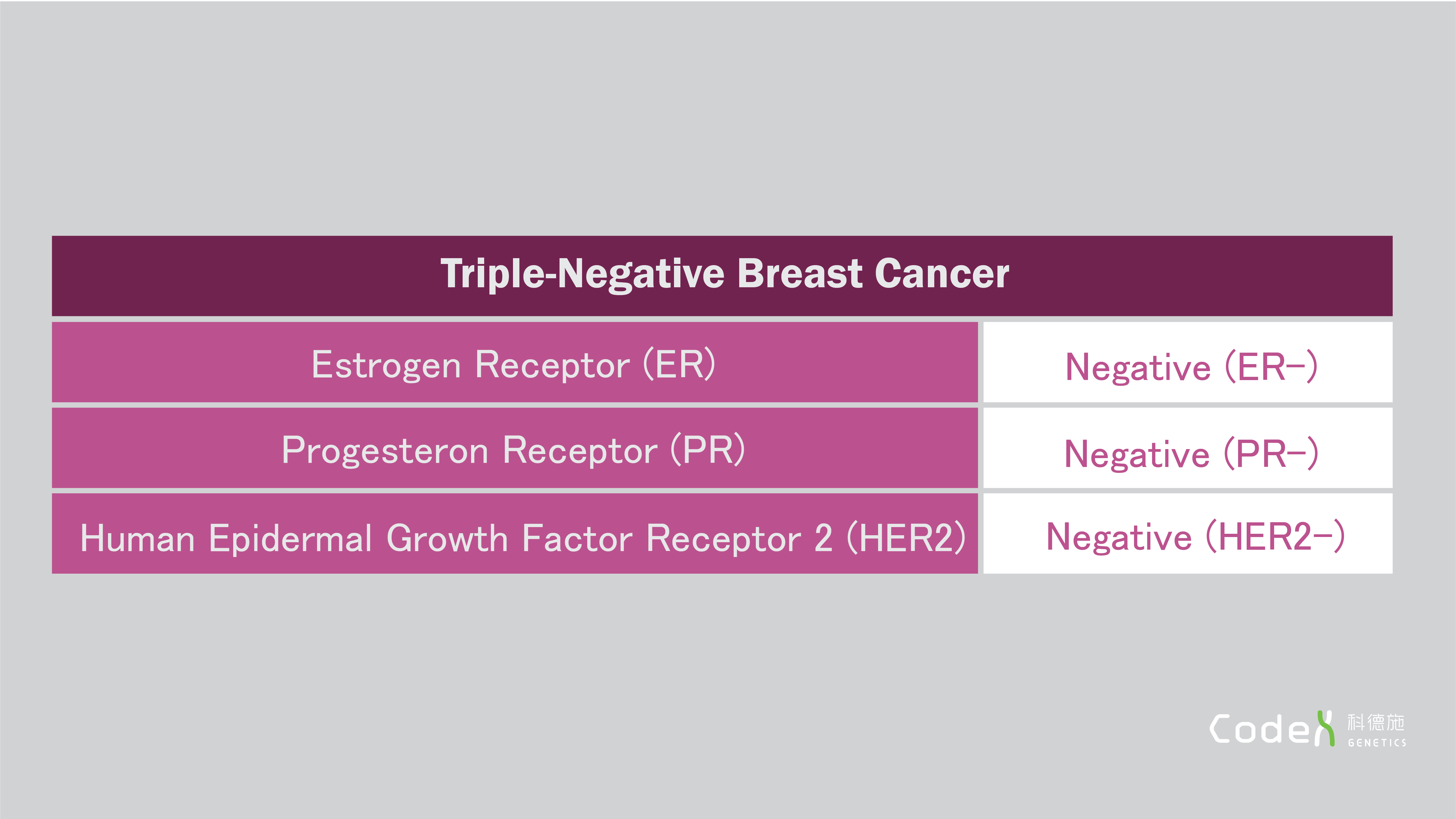Triple-Negative Breast cancer is well-known as the most difficult breast
cancer to treat. This type of breast cancer accounts for 10% to 15% of
the global breast cancer cases and the age of having this disease is
often under the age of 40, which is lower than the general incidence of
cancer. Since there wasn’t any target drug in the past, treatment was
extremely difficult. Besides, the cancer cells of triple-negative breast
cancer are easier to metastasize, it has a higher recurrence rate with
higher malignancy and has larger tumors. This will be an unprecedented
challenge for patients who are diagnosed with triple-negative breast
cancer.
The Hidden Breast Cancer Killer: BRCA Mutated Gene
The most commonly mutated gene in breast cancer is BRCA 1 and BRCA 2.
About 10% to 15% of triple-negative breast cancer patients carry the
BRCA mutated gene [1]. 57% of BRCA 1 mutation breast cancers and 23% of
BRCA 2 mutation breast cancer are triple-negative [2], hence, if
possible, to detected BRCA gene mutation at an early stage, patients can
be treated before the onset of the disease.
BRCA genetic testing not only has an obvious therapeutic effect on a
triple-negative breast cancer patient but also has a great value of
prevention and guidance for patients’ families. Triple-negative breast
cancer, like other breast cancers, can be caused by heredity. BRCA 1&2
genes mutation can be inherited from either parent, there is a 50%
chance of inheriting the mutated gene to the next generation. Perform
targeted preventive measures at an early stage can effectively control
and reduce the onset of breast cancer, especially to reduce the risk of
the onset of triple-negative breast cancer.











